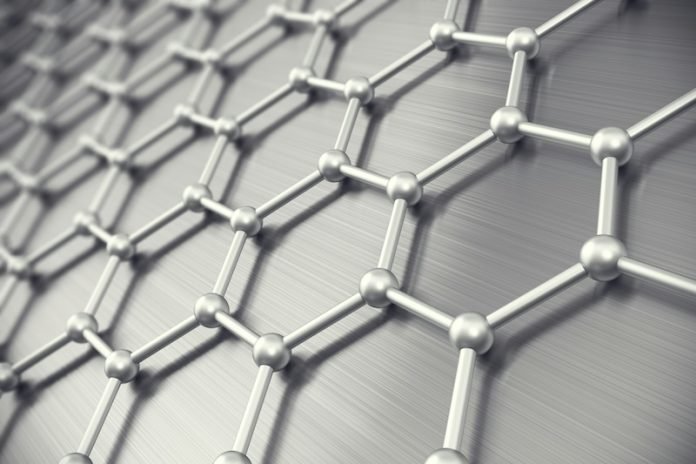
In a world where technology is constantly evolving, a group of scientists from Singapore and Spain has made a significant breakthrough in understanding a material known as graphene.
This discovery could change the way we look at electronic devices and has the potential to unlock new, advanced technologies.
Graphene is essentially a super-thin layer of carbon atoms, arranged in a pattern that looks like a honeycomb. This material is incredibly strong, flexible, and conducts electricity very well, which makes it very exciting for people who make electronic devices.
Despite all the excitement around graphene, there’s still a lot we don’t understand about how it works, especially when it comes to its electronic properties.
The study these scientists published in Physical Review Letters takes a closer look at graphene by putting a single layer of it between two thicker layers of another material called boron nitride.
This sandwich-like setup is not just for kicks; it creates a special environment for the electrons in graphene to behave in new and interesting ways.
The lead researcher of this study, Mohammed M. Al Ezzi, completed this work as part of his Ph.D. at the National University of Singapore under the guidance of Prof. Shaffique Adam.
They were particularly interested in something called the “moiré pattern,” which happens when you stack layers of different materials on top of each other in a certain way.
Imagine putting two mesh screens together and turning one slightly — you’d see a series of interesting patterns. This is similar to what happens at the atomic level with graphene and boron nitride.
These moiré patterns affect how electrons move in graphene, creating what’s called a “moiré potential.” This can make the electrons in graphene act in ways they normally wouldn’t, leading to what scientists call “exotic physics.”
It’s like discovering a whole new playground of physical properties that could lead to electronics behaving in ways we’ve never seen before.
By tweaking the arrangement of the graphene and boron nitide layers, specifically by rotating them at very precise angles, the researchers were able to create what are known as “topological flat bands” in graphene.
These flat bands are essentially levels where the energy of the electrons stays constant, regardless of how much they move around. This stability is crucial for creating electronic devices that are more efficient and reliable.
One of the most exciting parts of this discovery is the potential for these flat bands to enable electrons in graphene to behave collectively, rather than individually.
This collective behavior could lead to new electronic states, like superconductivity, where electricity can flow without any resistance; magnetism, where materials are attracted to or repel each other; and insulating phases, where materials can effectively block electricity.
The researchers also explored extending their findings to more layers of graphene, suggesting the possibility of creating materials that could superconduct, or conduct electricity perfectly, at higher temperatures.
This discovery is not just a step forward for graphene technology but could also help scientists understand other similar systems better.
However, one of the challenges with exploring these exotic properties is that it can sometimes harm the graphene. Some methods, like stretching the graphene, can mess with its amazing properties.
The technique used in this study, however, keeps the graphene intact, ensuring that it can be used to develop high-quality electronic devices.
The implications of this research are vast. The team is already working with a company called FLEET to develop “topological transistors,” which could be a key component in future electronics.
This study doesn’t just move graphene technology forward; it also opens up new avenues for understanding the physical world at a very fundamental level, potentially leading to advancements we can’t even imagine yet.
The research findings can be found in Physical Review Letters.
Copyright © 2024 Knowridge Science Report. All rights reserved.



